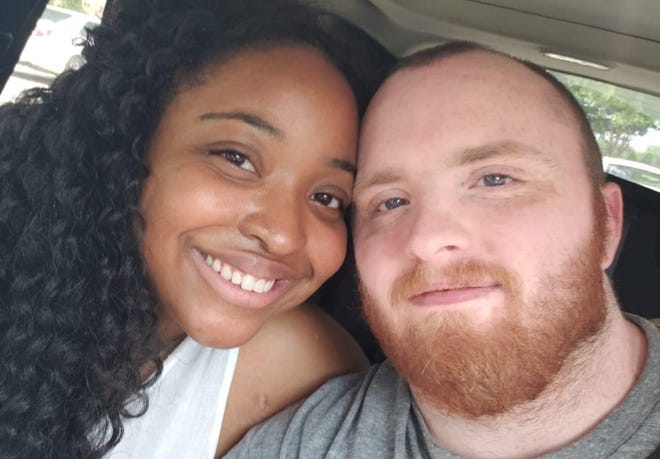The Trump administration has recently used the terms “Chinese Virus,” and “Kung-Flu” to disparage Chinese communities at a time when hate crimes against people perceived to be Asian have surged. From a student in Australia who was beaten to a woman on the New York City subway who was verbally abused, the attacks are making many like me feel unsafe.
As an American with Southeast Asian roots living in New York, I have noticed people staring at me when I walk by or move further away on the subway once they realize I am Asian. Nonetheless, I consider myself lucky because no one has verbally or physically assaulted me. Still, I have concerns about my safety and I know I am not alone.
Helen Kwong, a Chinese-American woman who works in media and lives in Queens, said that her dad has been thinking about getting a gun.
“My dad used to smoke cigarettes for about 50 years, and he has high blood pressure. He’s more susceptible to the virus,” Kwong said. “My parents have to choose between not wearing a mask and risk getting the virus, or wearing a mask and risk getting harassed or killed.”
That’s because many of the attacks against Asian people have occurred against those wearing masks, which some interpret as that individual having the virus.
Similar to Helen, I worry about my own parents, who live in Huntsville, Alabama. I fear that someday, a misinformed person is going to attack my family.
After reading more about the increase in racially motivated attacks, I became fixated on a detail that a lot of the perpetrators had in common: they were overwhelmingly Black.
But why? As minority groups, aren’t we supposed to unite and fight for equality, rights, and fair treatment?
The truth is, of course, much more complex. As an Asian American with immigrant parents, I know that many come to America in search of a better life. In many instances, a “better life” means assimilating into the dominant culture, which is often perceived to be white culture. Asians adopt the beliefs of white Americans, which unfortunately includes racist beliefs about the Black community. A survey by the Pew Research Center found that Asians in the United States overwhelmingly believe that they do not get along with Black people, while a majority also believe that their relationship to white people is positive.

I grew up in a predominantly Black and Latino neighborhood, but my private school was majority white. I was fortunate enough to see different points of views on race, equality, and why certain minority groups behave a particular way. We were viewed as lesser by many of our white peers and standards of beauty and “normalcy” were thrust upon us while our ethnicities became the center of every joke.
In most of the country, people of color often learn about each other through the disparaging white perspective.
“Realistically speaking, a lot of Black people are racist against Asians, and a lot of Asians are racist against Black people. Asian store owners follow Black customers around as if they’re going to steal something, and now you see Black people verbally and physically assaulting Asians,” Mandella Lambert, a Black Brooklyn native said. “I think it’s a sad reflection of the underlying tensions that may still, unfortunately, exist between racial minorities.”
Recently, an elderly Korean woman was chased by someone who is assumed to be Black with hand sanitizer: he kept shouting “sanitize your ass” while running after her. Seeing these types of attacks would make anyone angry but it is essential to remember that these are not an excuse to turn on each other: we are in this fight together.
I believe that the riff between Asian and Black communities in the United States is partially a result of our mutual ignorance about our struggles. We have more in common than we might think.
The United States has always had a fear of Asian immigrants. You might have heard of the term” Yellow Peril,” the racist idea that Asians were taking away jobs from whites, which led to a ban on Chinese immigrants for nearly a century. In 1871, 17 Chinese people were lynched in Los Angeles, which led to mass fear among the community for decades. Banned and murdered en masse, a majority of Asian men were left without their families as they worked on plantations and railroad tracks and the only emotional support they often had were often Black Americans who worked by their sides. Both groups were forced to work for nearly nothing, and each group had to watch their communities be ridiculed, excluded, and killed.
In 1982, two white men killed an innocent man named Vincent Chin. They brutally beat Vincent with a baseball bat to the head and in a xenophobic rant reminiscent of centuries-old “yellow peril” fears, blamed him for the demise of Michigan’s auto industry (the men assumed Chin was Japanese; he was Chinese). Chin died four days after the assault and the men were only given minimal fines. The murder sparked outrage, and it was one of the rare moments in this country’s history when Asians protested against White supremacy. Guess who stood by us? The Black community.
While I am not justifying or condoning the assaults on Asians, I can understand how the fear of the unknown and giving in to the mass hatred can cause other groups to join in on the assaults. But we must understand that at the root of the tension between Asians and the Black community in the United States is a mutual desire to be accepted by the dominant culture.
It will take both Black and Asian communities to acknowledge their anti-blackness, anti-Asianness, and the hate that is rooted in white supremacy to strengthen our bonds. Otherwise, I fear that we will remain divided even when we need each other most.
Cover Photo: Matheus Viana/Pexels




